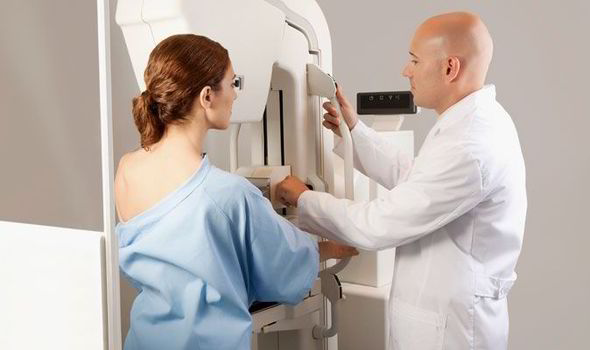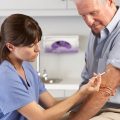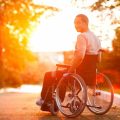There is good news for women. The survival rate for beating breast cancer is on the rise. Plus, there are also better treatment options now than in the past. What does this mean for women, we have better odds at beating the dreaded C and we may not feel quite as bad doing it.
Survival rates for breast cancer are up to about 50 percent since 1999. Part of this reason is that there is more breast cancer awareness. Women are taking charge of their lives. They now realize how important self tests can be and more and more women are taking the preventative mammograms, just like their doctors suggest.
Doctors have also realized that not all benign lumps found are the same. (Benign lumps are non cancerous lumps). Doctors used to believe that even benign lumps meant that a woman had an increased risk of developing breast cancer. Now, they see that this is not always the case. Some other risk factors need to be factored into the equation as to whether a benign lump could be a sign, such as the age of a woman and woman’s family history. If a woman finds a lump before the age of 45, she is more at risk at developing breast cancer than a woman over the age of 55. Women with a family history of breast cancer may want to take all lumps as a warning sign.

Woman with a family history of breast cancer do not have to sit back and wait to see if it is going to happen to them (source). There is now genetic testing that can be done to test what a woman chances are to develop breast cancer. An estimated five to 10 percent of women, who have breast cancer, developed it because of heredity factors. The test is a simple blood test. When searching your blood the technicians will be looking for specific genes that will signal your risk factor
Who should have it? Women who have all ready had ovarian cancer or breast cancer before the age of 50 should have it, along with women who have had two or more close family members who developed breast cancer or ovarian cancer or who had even one family member who developed breast or ovarian cancer before the age of 50. By learning if you are at risk, you can start taking extra precautions now that may benefit you in the future. But keep in mind, that even though you may not have a gene right at this moment does not guarantee that you won’t develop it in the future. It does give you some peace in mind for the moment.
The cost of this genetic test runs about $3,000 and is usually not covered by most health insurances.
Another reason why the survival rate for breast cancer is on the rise is that there are more choices in preventative treatment options. Now there are more medications on the market, with fewer side effects.
Two of these medications are: Tamoxifen which has been found to cut the chance of breast cancer by 50 percent in post menopausal women. Tamoxifen has caused some women blood clots and hot flashes. Another drug is Exista, which many women are all ready taking for treating osteoporosis. It has fewer side effects.
There is another drug that is an alternative to Tamoxifen, (Letrozole) that has been given to postmenopausal women who’ve had surgery, chemo and radiation treatment.
More medications are being studied.
Women who are fighting breast cancer have more medication choices to use to help fight the nausea and fatigue that goes along with chemo and radiation side effects. Two of these medications are Zofran an antinausea medication and neulasta an injection that helps the immune system.
Women can also learn a lot via the internet. Websites like: breastcancer.org, y-me.org. (Y-Me National Breast cancer Organization and komen.org (Susan G. Komen Breast Cancer Foundation) are good places to start learning.
Breast Cancer is still a serious disease. We haven’t won the war, but some women have won their own battles. The key is knowledge, preventative care, and a loving support network.






























